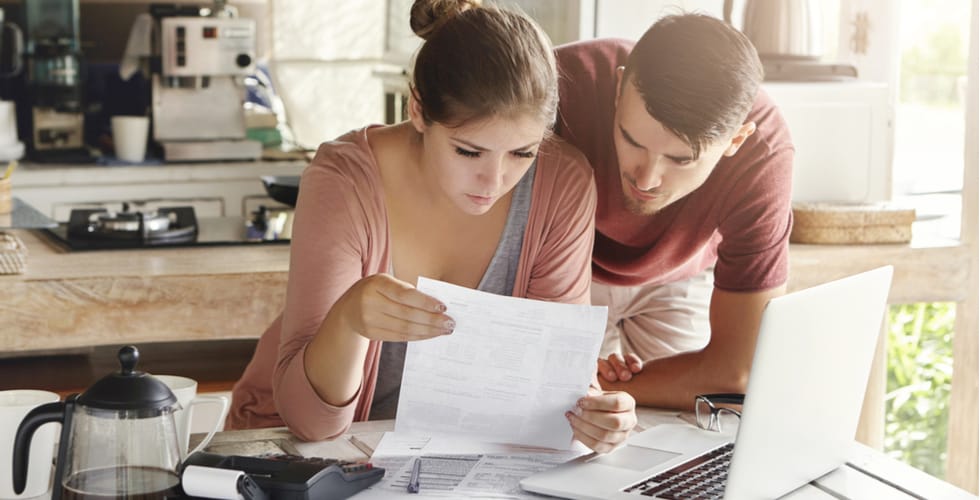Ready to become a homeowner? We’re here to help you every step of the way. Read on to learn about the homebuying process, from saving for a deposit and making an offer to exchanging contracts and moving in.
Skip to…
The homebuying process
Below is a breakdown of the most important stages of the homebuying process to ensure a stress-free move.
1. Know what you can afford
Before you start house-hunting, it’s a good idea to determine how much you can afford. Consider your ideal property type and location to help you budget for your deposit.
2. Save for a deposit
The next step in the homebuying process is saving for a deposit. The larger your deposit, the better the mortgage deals and interest rates. Larger deposits can:
• Help you secure a lower interest rate and monthly repayments
•
Help you cover other costs of buying a house, including
Stamp Duty, survey and legal fees
• Help you kickstart your home renovations
3. Get an Agreement in Principle
An Agreement in Principle (AIP), also known as a Mortgage in Principle (MIP) or a Decision in Principle (DIP), outlines how much you can borrow from a lender. Lenders usually run credit checks beforehand to understand your financial situation.
You can get an AIP online or at your preferred lender’s branch, and you should receive the results within 24 hours. Getting an AIP doesn’t guarantee that your mortgage application will be accepted, but it increases the chances and shows lenders that you’re serious about buying.
AIPs are typically valid for 90 days.
4. Make an offer
Have you found your dream home? Next, it’s time to make an offer. This is an important step in the homebuying process and is typically done by an estate agent. Consider the following before you make an offer:
• Don’t propose more than you can afford – factor in all the extra costs on top of your mortgage so you can comfortably make the monthly repayments.
• Get fixtures and fittings in writing – ask the seller to include everything they’re leaving in the house, from light fittings and carpets to kitchen units.
5. Apply for a mortgage
Having your offer accepted is a huge milestone, so congratulations! Now, you’re ready to apply for a mortgage. Navigating the different mortgage types can be daunting, so working with a lender or mortgage broker can help. They have expert knowledge of the property market and can secure the best deal for your unique situation.
The mortgage application process can take a few weeks, as it involves checking your credit record and valuing your property.
6. Start the legal work
Solicitors and licensed conveyancers play a key role in the homebuying process. Some of their responsibilities include:
• Checking the property’s legal title
• Managing the exchange of contracts and completion
• Collecting and transferring money
• Conducting property searches, including local authority, environmental and drainage
• Transferring the property ownership from the seller to you
7. Arrange a house survey
The lender will conduct a valuation survey to assess the property and estimate its value. This is to ensure it’s safe for them to lend you the money. You may want to arrange a house survey with an expert surveyor. While this isn’t mandatory, it’s highly recommended as it can help you spot significant faults before committing to the purchase.
The three types of house surveys are:
• Condition Survey (Level 1) – a general overview of the property’s conditions
• Homebuyer Survey (Level 2) – a more detailed survey of the property’s inside and outside state
• Building Survey (Level 3) – the most comprehensive type
If the survey identifies major issues, you could renegotiate the selling price to account for the extra costs.
8. Exchange contracts
Once you receive the survey report and are happy with the results, you can finalise your mortgage. This part of the homebuying process is crucial, as it can bind you to the purchase. Your solicitor will usually leave you seven days to make the decision.
If you’re ready to proceed, your solicitor will send you a copy of the contract. It’s important to read it carefully to ensure that all details are correct. Once you’ve exchanged contracts, you’ll need buildings insurance. This protects you against the costs of repairing and rebuilding your home in case of damage.
9. Complete and move in
The homebuying process ends with a completion day. It usually occurs two weeks after exchanging contracts, but this may vary. Completion means you’ll receive the keys to your new home. So, relax and enjoy!
Discover unique
offers for a hassle-free move. Contact our Sales Advisers today to kickstart the homebuying process.




